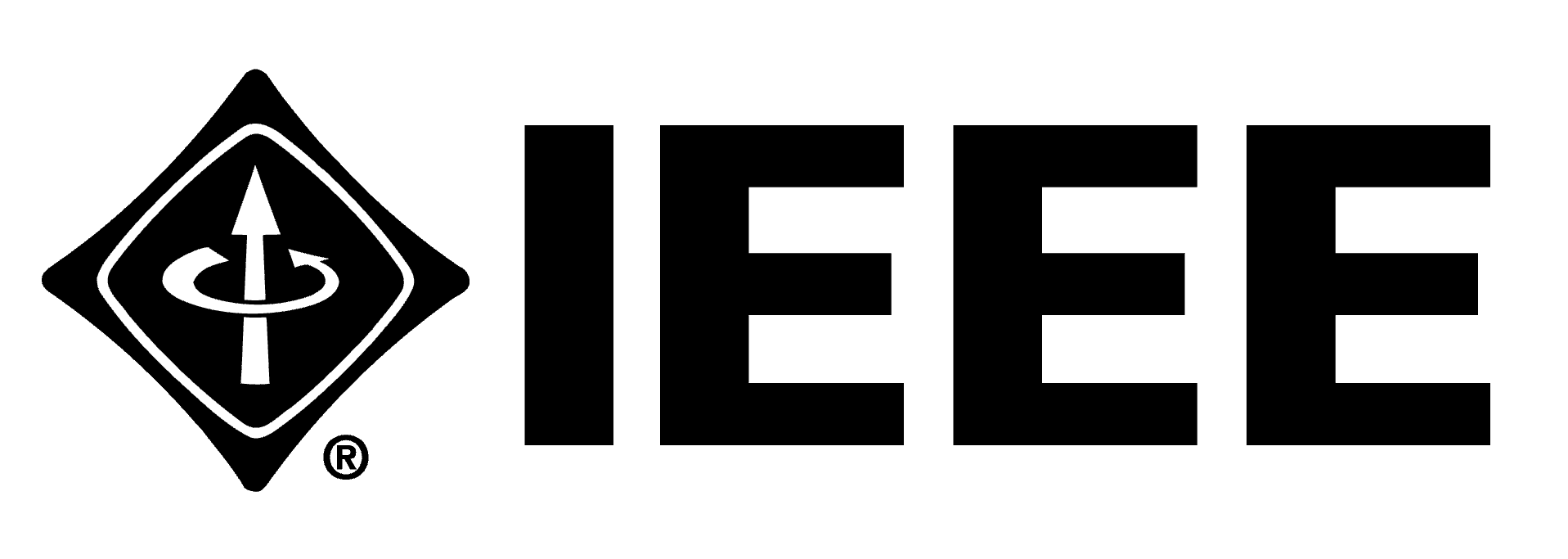
Get NESC training from IEEE. A not-for-profit organization, IEEE is the world's largest technical professional organization dedicated to advancing technology for the benefit of humanity. IEEE Continuing and Professional Education courses are designed to help engineers stay up-to-date on the latest technologies. Produced and vetted by leading experts, you can count on IEEE Continuing Education courses to equip you with the information you need to stay current in your field.
The National Electrical Safety Code (NESC)
The NESC is updated every five years to account for innovations in technology and new challenges confronted on the field. It is essential that utility workers, regulators, and other related personnel are trained on these changes to ensure their facilities are properly safeguarded. IEEE has developed a series of online courses to educate power utility professionals on the rules, regulations, and changes in the 2017 edition of the National Electrical Safety Code (NESC).
This course is ideal for individuals responsible for the installation, operation, maintenance, or safety regulation of electric supply and communication utility systems.
This seven-course program covers the following topics:
- Changes to the NESC 2017 Edition
- National Electrical Safety Code ® (NESC®)
- Grounding
- Work Rules for the Operation of Electric Supply and Communications Lines and Equipment
- Rules for Installation and Maintenance of Electric Supply Stations
- Safety Rules of the Installation and Maintenance of Underground Electric Supply
- Safety Rules for Installation and Maintenance of Overhead Electric Supply
Upon successful completion of The National Electrical Safety Code Course Program, your engineers will receive valuable CEUs/PDHs from IEEE that can be used to maintain engineering licenses.
Course Program Details
The National Electrical Safety Code program includes the following courses:
Changes to the NESC® 2017 Edition
This course will provide insight and background on the various updates to the 2012 NESC (National Electrical Safety Code) that is now the 2017 Edition. Several changes to existing rules were introduced to keep the Code relevant and, visioning future technologies, as well as resiliency. More than 40 new graphics and photos will be presented to illustrate the changes.
Introduction to the National Electrical Safety Code ® (NESC®)
This course presents an introduction to the 2017 edition of the NESC (National Electrical Safety Code) and explains its purpose, scope, methodology, some basic rules and their application, as well as an overview of code adoption procedures, effective dates and more. You'll learn: Purpose and scope of the NESC; Overview of the technical sections; NESC history and the revision process; Relevance of this widely adopted safety code; Future Directions of the NESC; NESC Enhancements planned and Ways to get involved in developing future editions of NESC. The course is intended for the general public and utility workers (employees and contractors) designing or implementing practical safeguards during the installation, operation, and maintenance of electric supply and communication facilities.
NESC® 2017: Introduction to Grounding
This course covers grounding requirements and grounding methods of the NESC that are to be applied to electric supply and communication utility systems. Upon completing this course, you will understand: Electric supply and communication parts required to be grounded; Correct methods for grounding parts; How to determine appropriate grounding connections; How to determine appropriate materials for grounding conductors and electrodes; Under what conditions different types of electrodes may be most effective; How to identify which conductive items can be connected together and which cannot; How to determine appropriate connections between supply and communication grounding systems at served structures; How to identify which conductive items can be connected together and which cannot; How to determine appropriate connections between supply and communication grounding systems at served structures.
NESC® 2017: Work Rules for the Operation of Electric Supply and Communications Lines and Equipment
This course covers the National Electrical Safety Code work rules to be followed in the installation, operation, and maintenance of electric supply and communications systems. It also covers Appendix C; applications for Rule 250C, Tables 250-2 and 250-3. Upon completing this course, you will understand practical work rules as one of the means for safeguarding employees and the public from injury.
NESC® 2017: Rules for Installation and Maintenance of Electric Supply Stations
This course provides a baseline understanding of the NESC (National Electrical Safety Code) Part 1. Upon completing this course, you will understand: Key considerations for electric supply stations and equipment; How to interpret a clearance table similar to NESC Table 124-1; Key requirements for transformers and regulators in supply stations; Key requirements for circuit breakers, switches and fuses in supply stations and Key requirements for switchgear.
NESC® 2017: Safety Rules of the Installation and Maintenance of Underground Electric Supply
This course provides a baseline understanding of the NESC Part 3. Upon completing this course, you will understand: Underground lines, equipment, and tunnels; Conduit, cable, supply, and communication systems; The construction and termination of supply cables and Installation of cables in underground structures.
NESC ® 2017: Safety Rules for Installation and Maintenance of Overhead Electric Supply
This course provides a baseline understanding of the NESC Part 2. Upon completing this course, you will understand: Different classes of lines and equipment and identify conflicts; Philosophy for joint-use consideration; Requirements for installing communication lines and equipment; Requirements for installing supply lines and equipment; Key terms, clearance requirements, spans, and sags; and Factors affecting and methods of determining conductor temperature.
Meet the Instructors

John Dagenhart
John Dagenhart has been involved on various NESC subcommittees since 1990. He is chair of NESC Subcommittee 2 on Grounding Methods, a Member of NESC Subcommittee 1 on Scope, Application, Definitions, and Coordination, and a Member of the NESC Interpretations Subcommittee. John has over 38 years of experience in the electrical engineering industry.
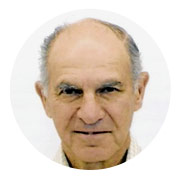
Lawrence M. Slavin
Dr. Lawrence (Larry) M. Slavin, currently Principal of Outside Plant Consulting Services Inc., has had a long career in the telephone industry, including AT&T/Lucent Bell Telephone Laboratories and Telcordia Technologies. Larry's activities have included technical leadership in developing installation practices and "generic requirements" documents, introducing new construction methods, and performing analyses on a wide variety of technologies and products, including poles, duct, wire and cable, electronic equipment cabinets, flywheel energy storage systems, and turbine-generators. Dr. Slavin serves on several NESC subcommittees, including SC4 (Clearances), SC5 (Strength & Loading), SC7 (Underground Lines), as well the Executive Subcommittee, Main Committee and Interpretations Subcommittee.

Danna Liebhaber
Danna Liebhaber has worked for Bonneville Power Administration for 14 years. She is currently the Principal Electrical Engineer in the Transmission Engineering Organization. This group is responsible for corona and field effects, transmission line insulation, lightning protection and grounding, obstruction marking and lighting among other responsibilities. Danna became Vice Chair of the NESC in 2016. She is also currently a member of Subcommittee 4 (clearances) and the main committee. Danna chairs the IEEE Working Group on Corona and Field Effects. Danna graduated from Washington State University with a BS in Electrical Engineering and a Master's in Engineering Management. She is a registered professional engineer in the State of Washington.
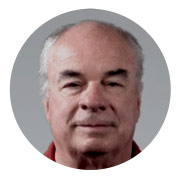
Tom Verdecchio
Tom Verdecchio has more than 43 years of electric utility safety and training experience, and live-line transmission experience. He was an integral team member for development and leadership of Public Service Electric and Gas Company's (PSE&G's) New Jersey Live-Line Group for more than 15 years. Tom was the lead team member responsible for the development of PSE&G's live-line maintenance techniques.Tom has been a member of the IEEE/ESMOL Subcommittee for fifteen years. He has authored five papers on live-line work methods and is currently working to combine all the papers into a Live-line Working Guide for the industry. He is IEEE's representative to NESC Subcommittee 8, Part 4 "Work Rules," for three code cycles and is a member of the EPRI Live Line Advisory Board. Tom is a member of the U.S. National Committee of the IEC (International Electrotechnical Commission) and a committee member of the American National Standards Institute (ANSI).
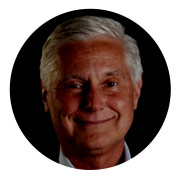
Nelson Bingel
Nelson Bingel received a BSME degree from Purdue University and has worked for 30 years at Osmose Utilities Services. Nelson has been granted three United States Patents for unique designs of pole restoration systems. Nelson has been active on the NESC for over 25 years and is currently chairman of the Strength and Loading subcommittee and a member of the executive subcommittee and the main committee.

Charlie Shaw
Charlie has over 35 years of experience in the electric utility industry in a variety of roles in the design, construction, operation and maintenance of the distribution system. He also has extensive experience working in safety and health and retired from Alabama Power Company as the Corporate Safety and Health Manager. Charlie has a BS in electrical engineering and is a registered professional engineer. Charlie has represented the Southeastern Electric Exchange on NESC Sub-Committee 8 for the last two editions of the NESC. John Dagenhart has been involved on various NESC subcommittees since 1990. He is chair of NESC Subcommittee 2 on Grounding Methods, a Member of NESC Subcommittee 1 on Scope, Application, Definitions, and Coordination, and a Member of the NESC Interpretations Subcommittee. John has over 38 years of experience in the electrical engineering industry.
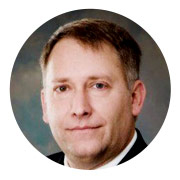
Greg Wolven
Greg Wolven has been involved in the NESC Subcommittee 3 (Substations) since 2014. He is currently secretary of NESC Subcommittee 3 on Substations, and a Member of NESC Subcommittee 1 on Scope, Application, Definitions, and Coordination. Greg has over 36 years of experience in the electrical power industry working for electric power cooperatives.
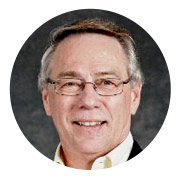
John Miner
R. John Miner, P.E. is an accomplished engineer, executive manager, and educator with over 45 years of experience in the electric utility industry. He is president of Collaborative Learning, Inc. of Austin, Texas. John has conducted hundreds of educational programs for a wide range of audiences in more than 40 states, Canada, and five overseas locations. His technical seminars and workshops for electric and telecommunication utilities have covered such topics as application of the National Electrical Safety Code (NESC), overhead and underground distribution systems, electric system planning, construction, operations, and maintenance. He has also served as an expert witness in numerous litigation actions involving electrical accidents and compliance with the NESC.

